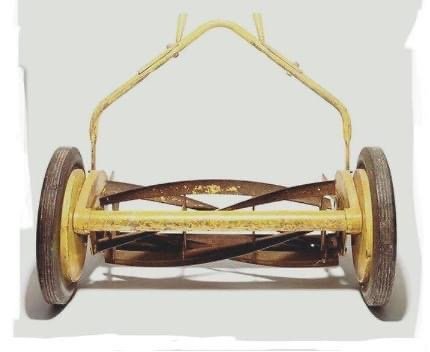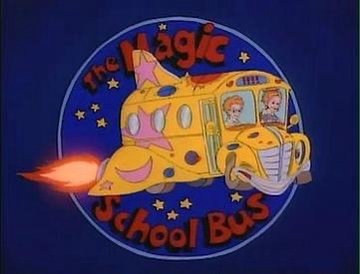The humble push mower, a staple of many a suburban garage, has a history that stretches back over a century. The first lawns were grass fields surrounding English and French castles, kept clear of trees so enemies couldn’t sneak up on the castle. These lawns were maintained by grazing animals or by labor-intensive hand cutting with scythes, sickles, and shears.

The first mechanical lawn mower was invented and patented by engineer Edwin Beard Budding of Gloucestershire, England, in 1830. Budding’s design was inspired by a machine in a local cloth mill that used a cutting cylinder with a bladed reel to trim the irregular nap from the surface of woolen and velvet cloth. He saw the potential for using this same technology to cut grass, so he developed a reel-type mower that used a series of blades arranged around a cylinder. This design, while heavy and difficult to push, was the early forerunner of the modern reel mower.
Over the years, the design of the push mower has been refined and improved. In 1859, Thomas Green created the first chain-driven mower, which was lighter and easier to use. In the U.S., gas-powered mowers were first manufactured in 1915 by Ideal Power Lawn Mower Co. of Lansing, Michigan. After World War II, they became more popular, helping create the middle-class vogue for manicured lawns.
Today, we have a wide variety of lawn mowers, from the traditional push reel mowers to robotic mowers that can autonomously mow your lawn. Despite the advancements in technology, the basic design principles of the push mower remain largely unchanged from Budding’s original design. It’s a testament to the enduring utility and simplicity of the push mower, a tool that has made the task of lawn maintenance accessible to millions of homeowners around the world.
As an Amazon Associate we earn from qualifying purchases through some links in our articles.




